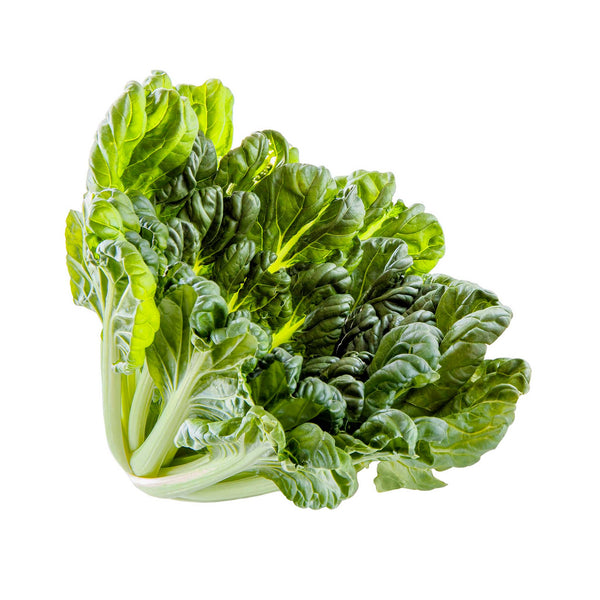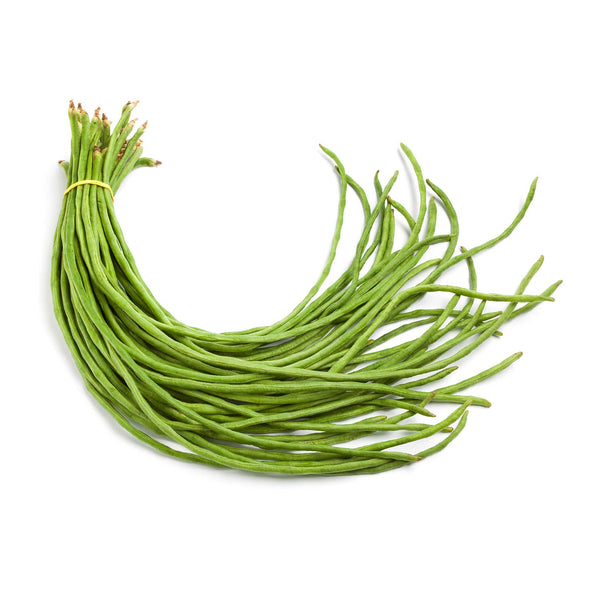Home Vegetable Seeds Dill seeds
Dill seeds
Rs. 120.00
Rs. 108.00
Dill is an annual self seeding plant with feathery green leaf. Its seeds used to flavour stews, casseroles, soups and fish dishes and certain pickles.
Each pack contain 100 seeds.
germination percentage:70%
Physical purity 98%
DESCRIPTION
Scientific name/botanical name: Anethum graveolens
Family: Apiaceae
Dill is an herbaceous annual, self-seeding plant, grown for its leaves which are used as a herb, it having erect growing habit with branching stem.
Leaves: like fibre, soft and fine. Leaves are arranged like open cone which are blue green in colour.
Flowers: produce yellow coloured flowers on umbles which can be up to 16cm in diameter.
Height: It grow up to 1.5 meters height and survive only one season.
Guide to grow dill:
Propagation: Dill is propagated through seeds.
Soil and climate requirement: it required full sun at least 6 hours direct sunlight. for plant germination and establishment, Dill can be grown in wide range of soil but ideal soil is well drained sandy loam which is rich in organic matter and has pH 5.5- 6.5.
Planting: Sow dill seeds about ¼ inch deep and 18 inches apart, soil should be 16-170 C. Dill does not grow well when it is transplanted.
Growing season: Early summer is best for sowing, make sure shelter from strong winds.
Germination period: It take about 10- 14 days for germination.
Thinning: wait for 10-14 day after germination for thinning the plants about 12 -18 inches apart.
Since Carrot and dill are same family keeps these plant away in your garden, Dill can plant next to cabbage, onions etc.,
Irrigation/Watering: do watering freely during growing season.
Other tips to grow Dill:
For continuous harvest continues sowing seeds every few weeks for an extended harvest.
Do not allow flowers to grow on plant
Pest and diseases:
Pests: Aphids, cutworms.
Diseases: powdery mildew, Downey mildew, Damping off, leaf blight are the problems in dill crop.
Harvesting:
As soon as plant has 4-5 leaves, can start harvesting leaves by pinching the leaves or cut with scissors. If more plants are there can pinch off entire stalk.











